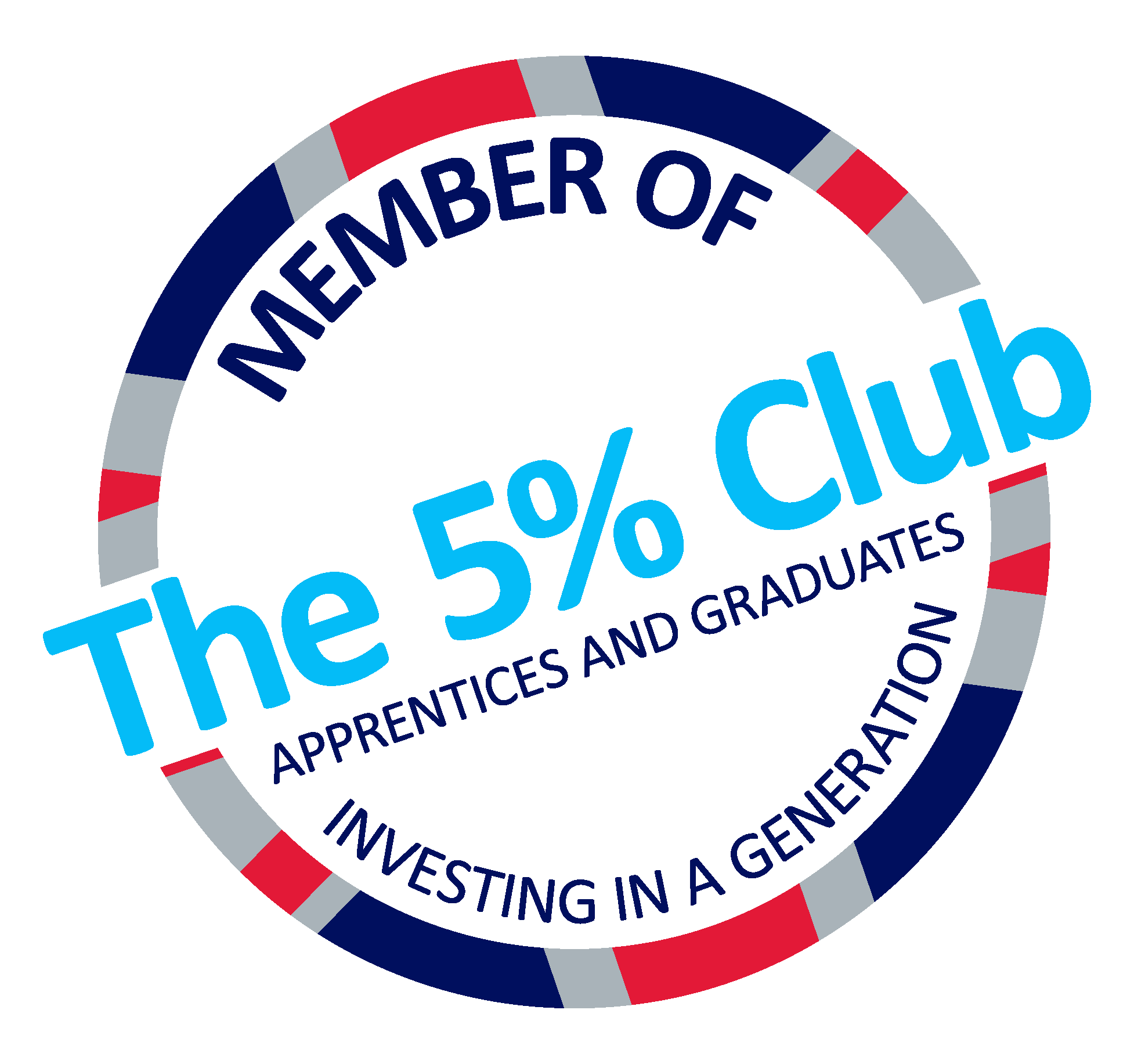The topic of teams in business has been researched, analysed, debated and explored for years and years. However, there are some fundamental cornerstones that reappear in team theories again and again. Below are the five key ingredients that I believe every high performing team has…
T is for Trust
No trust, no team! Trust is the fundamental basis of a high performing team culture and is pivotal to ensuring the other key ingredients (below) can be present and effective. We need confidence in our team members and they need to have confidence in us.
E is for Establishing Objectives
Without a clear objective and milestones, teams will struggle. And clarity around these objectives is critical. They need to be in language that everyone interprets in the same way and should be visible where possible. Yet clarity is nothing without its partner, unity. Consider clarity…is everyone clear on: the objective? What success looks like? The contribution they are making? And now, unity: do the team members AGREE on all of those questions? Are their answers the same? Too many people are clear but they just don’t agree. (Questions 1-3 are a great way of assessing clarity with a team by the way).
A is for Accountability
A high performing team consists of people that hold each other to account in a positive way; a way that doesn’t create a blame culture. Likewise, it requires team members that hold themselves to account. It’s useful to think about accountability as a scale, ranging from low accountability to high accountability…
Someone on the bottom rungs of the ladder maybe saying things like, “I didn’t know about this – why do these things always happen to me? I can’t really do anything about it so I’ll just sit here and wait”. Someone scaling the top of the ladder will demonstrate much more control over the situation and may be saying things like, “This is the situation so I need to consider some possible solutions. Taking everything into account I believe this is the most appropriate solution and I’m going to put the necessary steps in place to implement it.” For an example of accountability in practice, click here…
M is for Managing Feedback
Transparency around what’s working, what’s not working and what challenges you face is critical for a team to be able to work effectively. And finding ways to share this information – ways that work for your team – is half the battle. Whether its meetings, a project dashboard or Whatsapp, the solution needs to enable open and transparent feedback.
And finally, the ingredient that doesn’t fit into my TEAM acronym…!
Right roles & behaviours
We have multiple distinctive contributions that we can make in a team and it’s important we establish the most useful behaviours that a high performing team member would display when succeeding in a particular role. This ensures the right people are in the right roles contributing the right things (because they’re naturally adept or skilled at them).
A high performing team often has many individuals within it that demonstrate leadership behaviours. As Vince Lombardi once said, ‘the strength of the team is the strength of the leaders’. This doesn’t mean that everyone in the team will take the helm, but team members will consistently demonstrate good leadership in their contributions to the team.
I hope this has given you some food for thought and a bit of a re-focus on the all-important matter of what our businesses are made up of!
What would your five key ingredients be? Get in touch and let us know your thoughts and ideas…













